"Cars started rolling just about the same time that movie cameras did. More than a century on, the movies are still in love with smell of burnt rubber. Every bit as much as their human occupants, bikes and cars are "

Ben Oliver’s Screen Burn
The most famous movie car is James Bond’s Aston, but in Ian Fleming’s novels he drives three Bentleys, starting with a ’33 4.5-litre Blower and moving onto a MkIV and a MkII Continental. None features anything more impressive than a pistol in the glovebox. The only Aston mentioned in the books is a DB MkIII, which gets reinforced steel bumpers, a homing signal and a concealed drawer for Bond’s Walther PPK; the famous gadgetry only appears in the films. Our hero drove some terrible old crap too; our top three ‘cars Bond should never have driven’ are the 2CV from For Your Eyes Only, the AMC Hornet from The Man with the Golden Gun, and the insipid BMW Z3 which makes a mercifully brief appearance in Goldeneye.
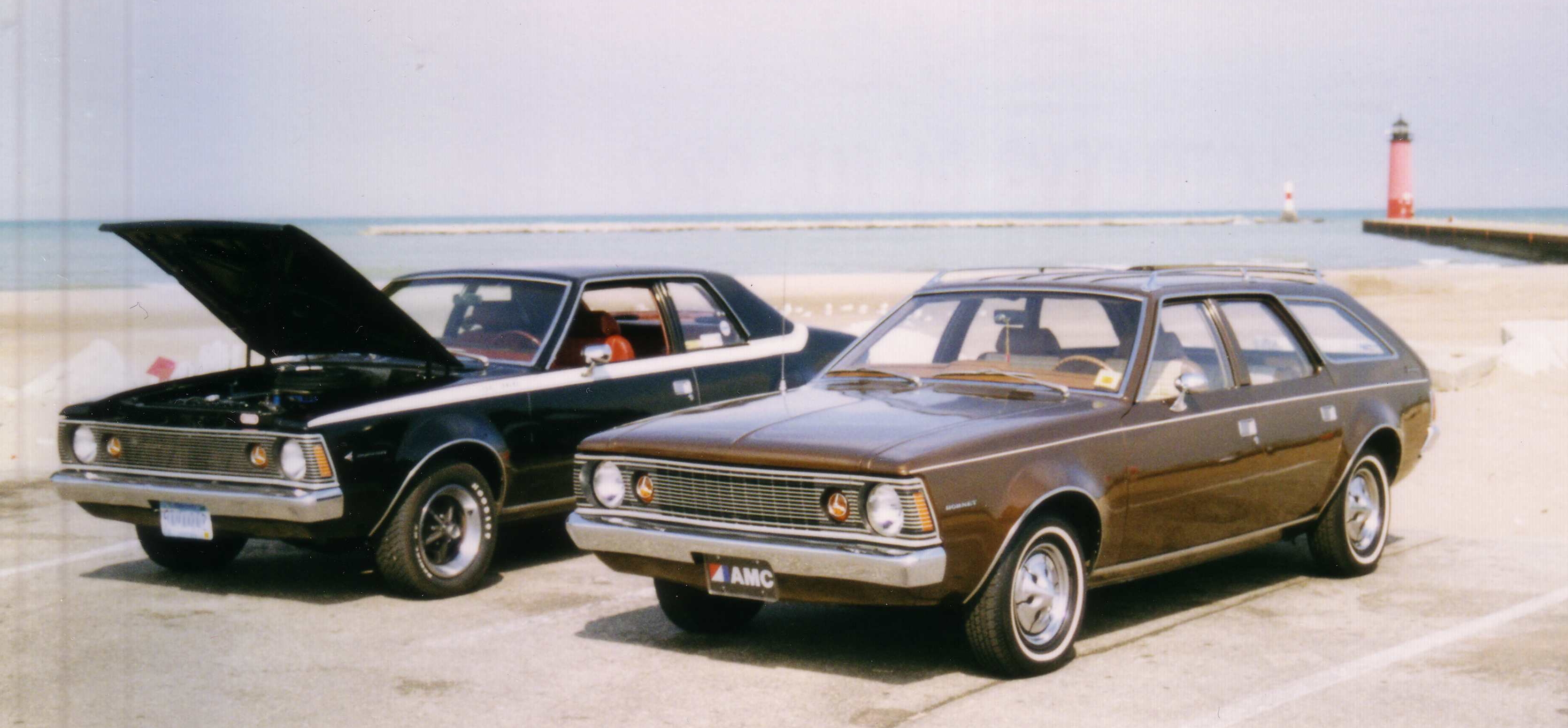
Bond also drove a film fake. The Z8 which gets sawn in half in The World is Not Enough is actually a replica built over a Cobra kit car chassis. It wasn’t the expense of wrecking the real thing that made BMW build it; it just couldn’t risk the wrath of Bond fans by putting him back in the Z3, but production of the Z8 hadn’t started by the time filming began. Other screen fakes include Ferris Bueller’s dad’s ’61 Ferrari 250 GT California Spider, and Crockett’s black Daytona Spider in Miami Vice, which was actually a 1980 ‘Vette underneath. Outraged, Ferrari supplied genuine Testarossas for later series, but a ‘stunt’ fake version was also built on an old DeTomaso Pantera chassis using salvaged Testarossa panels.
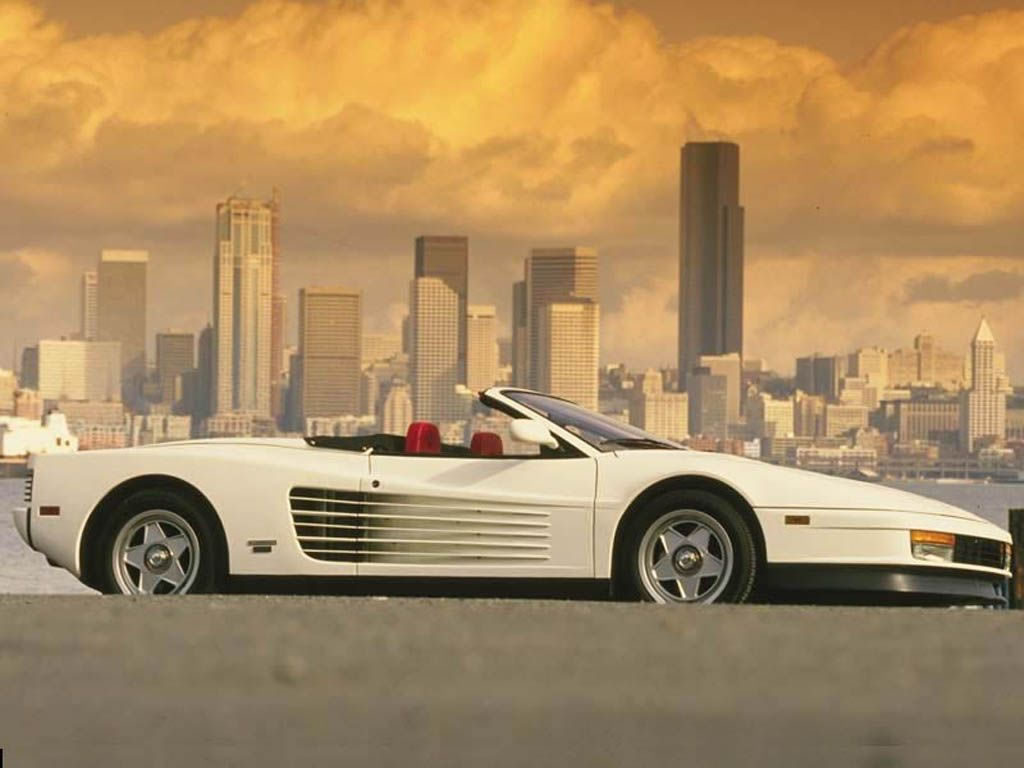
The most famous kit car was, of course, KITT. The Knight Industries Two Thousand was a black Pontiac Trans-Am which first hit our screens in Knight Rider in 1982, when The ‘Hoff’s bubble perm was still the height of fashion and the year 2000 seemed impossibly far off. At the launch of the show, Glen A. Larson’s production team listed the car’s specification in great detail. The talking, sentient KITT boasted incredibly futuristic features such as the rocket-assisted Super Pursuit Mode, a ‘molecular-bonded’ armour system that rendered everything, including its tyres, impervious to all attacks, and, controlling it all, a then-unimaginably huge one-gigabyte memory, or as much as an iPod Shuffle.
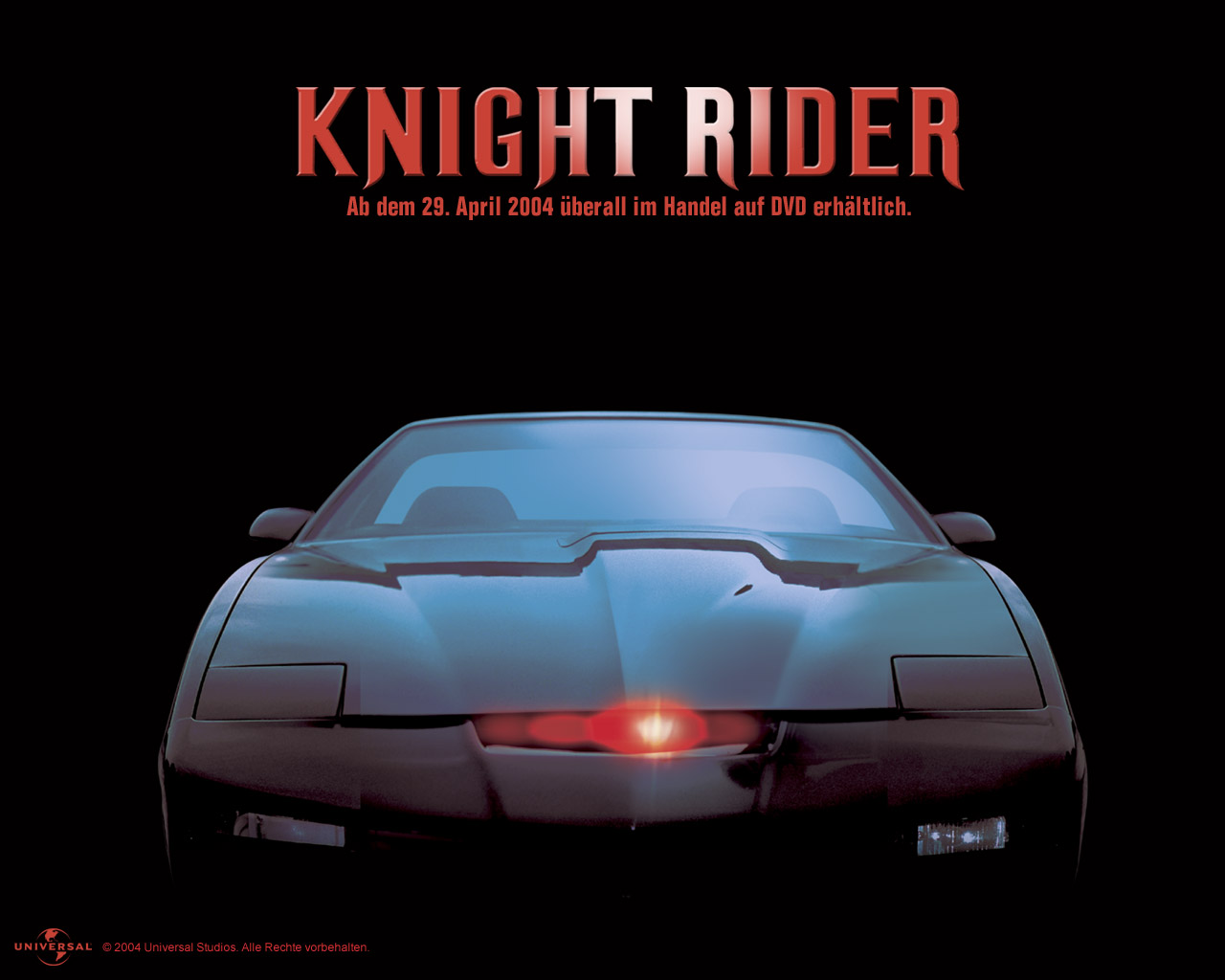
We’d like to think that the nine minute, forty-two second chase scene in Bullitt just ‘happened’, but in fact it took three weeks to film, an age in the low-budget late sixties, and if you look carefully the same brief panning shot is used three times. When the rear-view mirror is tilted up to show the reflection of the driver, McQueen is really at the wheel; when it’s down his place has been taken by stuntman Bud Ekins. Director Peter Yates was personally requested by McQueen after he saw the chase scene Yates shot in London for Robbery, his film about the Great Train Robbery. But even McQueen couldn’t persuade City Hall to let them shoot on the Golden Gate Bridge, the most obvious setting for a driving scene in San Francisco.
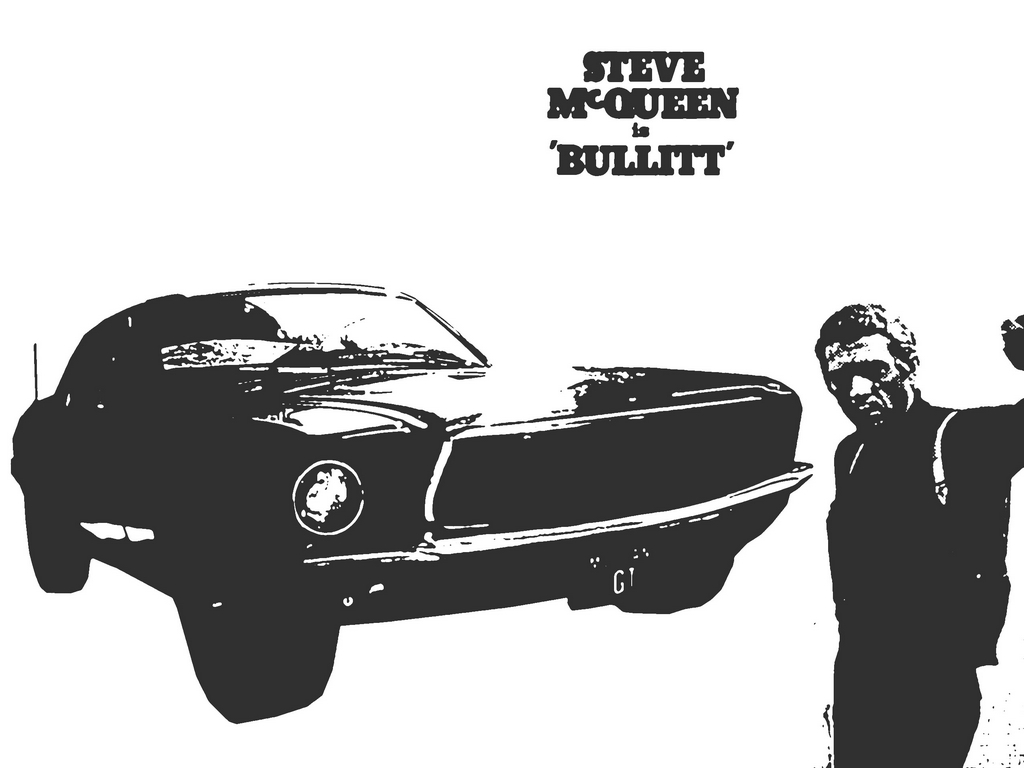
You might think that Herbie couldn’t have been anything other than a Beetle, but the Bug was ‘auditioned’ alongside other ‘quirky’ imports to the US such as Volvos and Toyotas before being given the role. By contrast, the car came first in cult road movie Vanishing Point, starring Barry ‘Petrocelli’ Newman. Chrysler gave five Dodge Challengers to Twentieth Century Fox for the car’s launch in 1970, and director Richard C. Sarafian was asked if he could make a movie with them. Some of the engine sounds were lifted from Bullitt. By the end of filming, four of the cars had been wrecked, and the fifth was stolen from the set by a hooker, but later recovered.
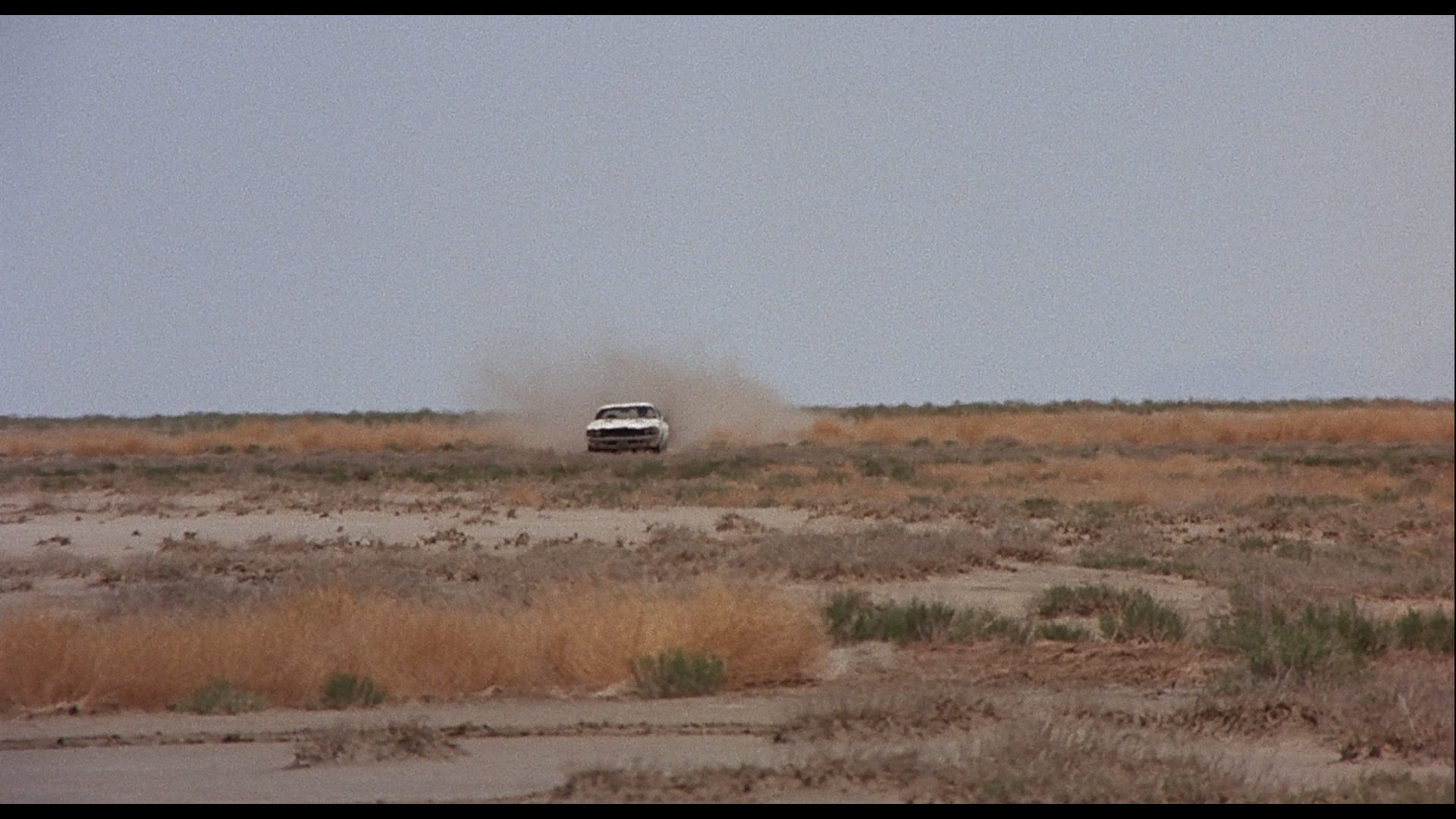
If Herbie the Volvo seems odd, consider this; the DeLorean in Back to the Future was almost a fridge. Writer and director Robert Zemeckis scrapped his first idea because he didn’t want kids copying the movie, climbing into them and going hypothermic. But the gullwing doors on the DeLorean proved almost as dangerous; the scenes where Michael J. Fox repeatedly bangs his head on them weren’t scripted but were inspired by the accident he had when he first tried to get in. And who makes the tyres? ‘Good Year’, of course.
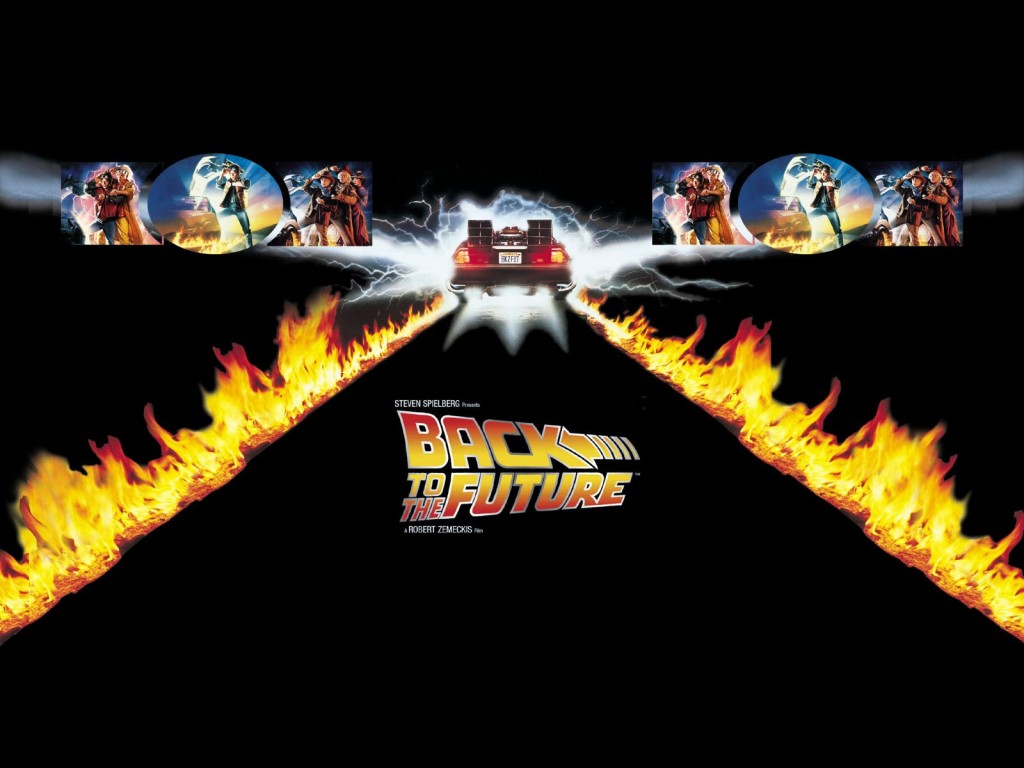
Given that a total of 309 had to be built, it’s unsurprising that there are some glaring continuity errors on the Dukes of Hazzards’ General Lee, the most obvious being the different numbering used for the ‘01’ on the door. Warner Bros took the construction of the General Lee in-house when it discovered that the Valuzet brothers, who had been building and renting them to the studio under contract, had been ‘ringing’ cars deemed unsafe and written off after jumps, and sending them back to be used again. Warner Bros. issued a strict specification that every General Lee had to be built to, including how the underside should look, in an attempt to slow the tide of complaints from anoraks. But it was running out of suitable Chargers to convert, and even resorted to sending light aircraft out to spot them. Only 23 genuine Lees survive.
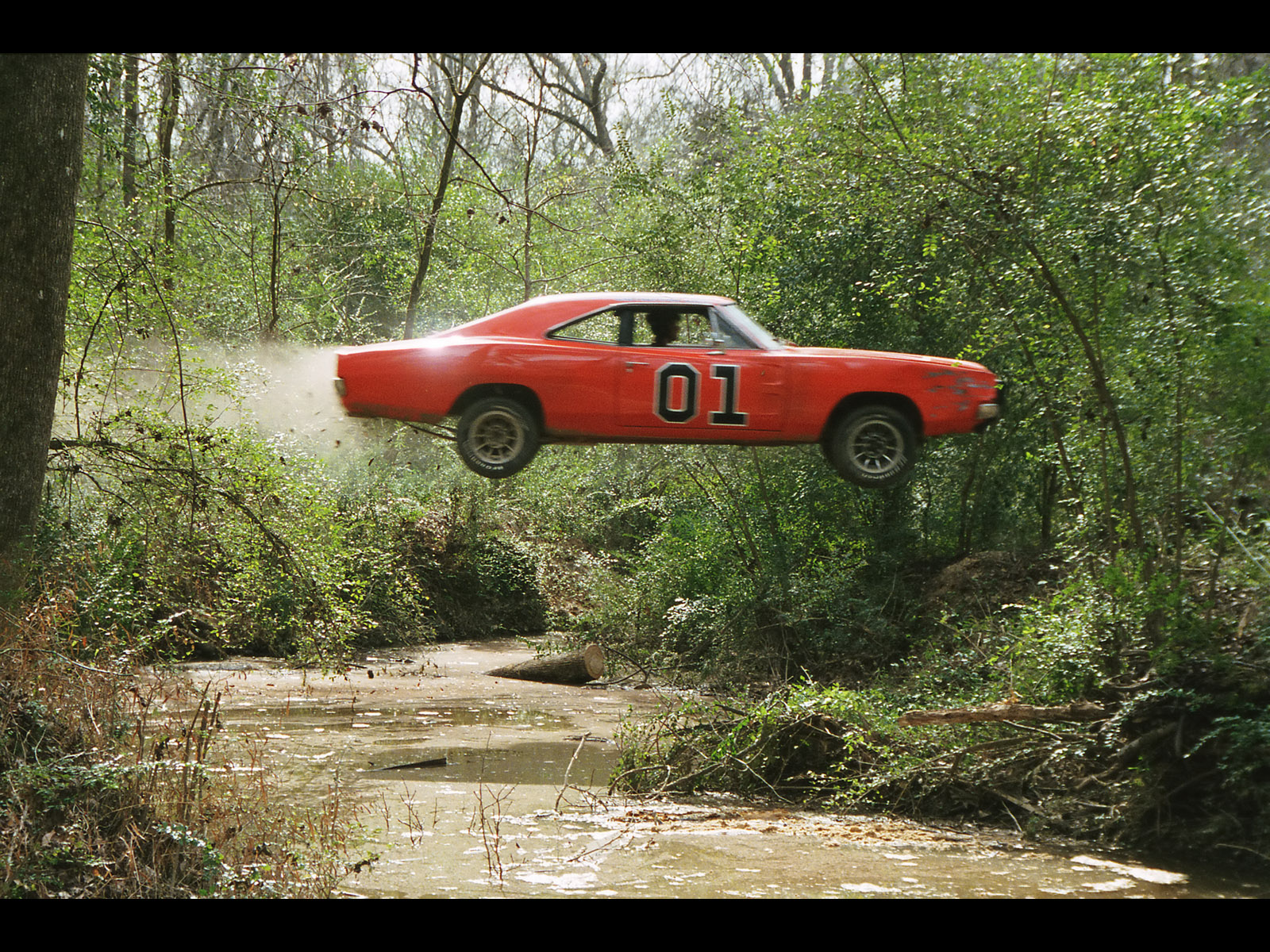
For attention to detail it’s hard to beat the movie adaptation of Stephen King’s novel Christine, about a possessed 1958 Plymouth Fury. By the time the movie was made in ’83 most Furies had rotted away, but the rather than switch to a more convenient car the producers seriously delayed the film’s release by spending two and half years placing ads in newspapers to assemble the 23 cars they needed to make the film. Four survive.

Perhaps unsurprisingly, no original Bluesmobiles survive. Transport for Jake and Elwood in The Blues Brothers, a dozen ’74 Dodge Monacos – “cop tires, cop suspension and cop motor – a 440 cubic-inch plant” – were prepared for the production, including one built solely to fall apart in Chicago’s Daley Plaza at the end of the film. Watch the speedo in the chase scene under Chicago’s elevated railway lines; director John Landis insists that the 120mph it shows is genuine.
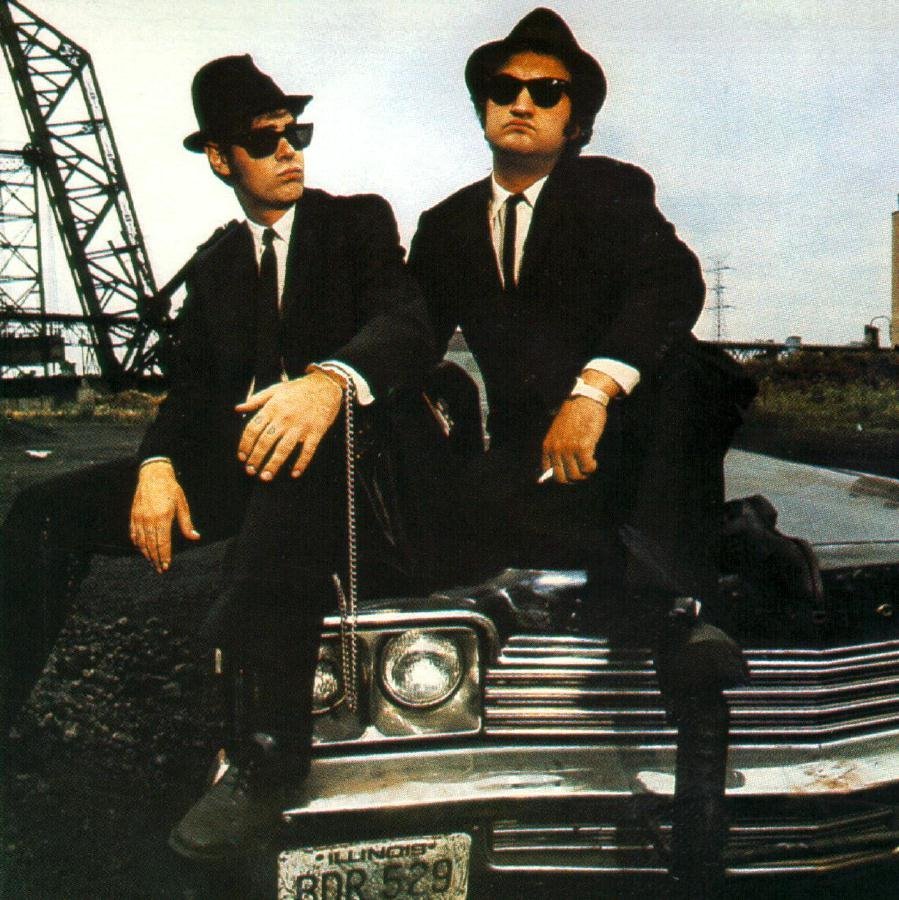
Like the Bond movies, Chitty Chitty Bang Bang was an Albert ‘Cubby’ Broccoli production of an Ian Fleming novel. The movie might have been ruined by the execrable Dick van Dyke, but the story has a far more credible inspiration. There were two real Chitties, both aero-engined Brooklands racers built by Louis Zborowski in the early twenties. The first, built in ’21, featured a Mercedes chassis and a 23-litre Maybach engine and was so loud that the local council in Canterbury, where it was built, passed a by-law preventing it from being driven into town.
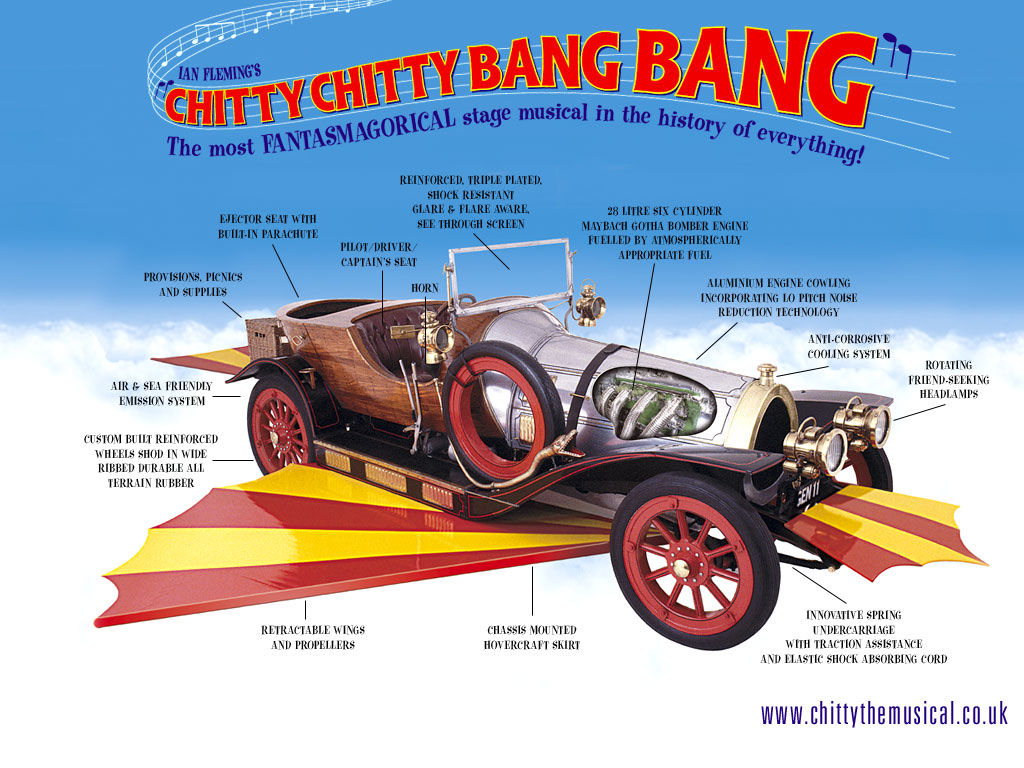
CLICK TO ENLARGE









Saw Blues Brothers again for the first time in about twtny years. Brilliant Belushi is a mad genius. But he’s motor is crap!